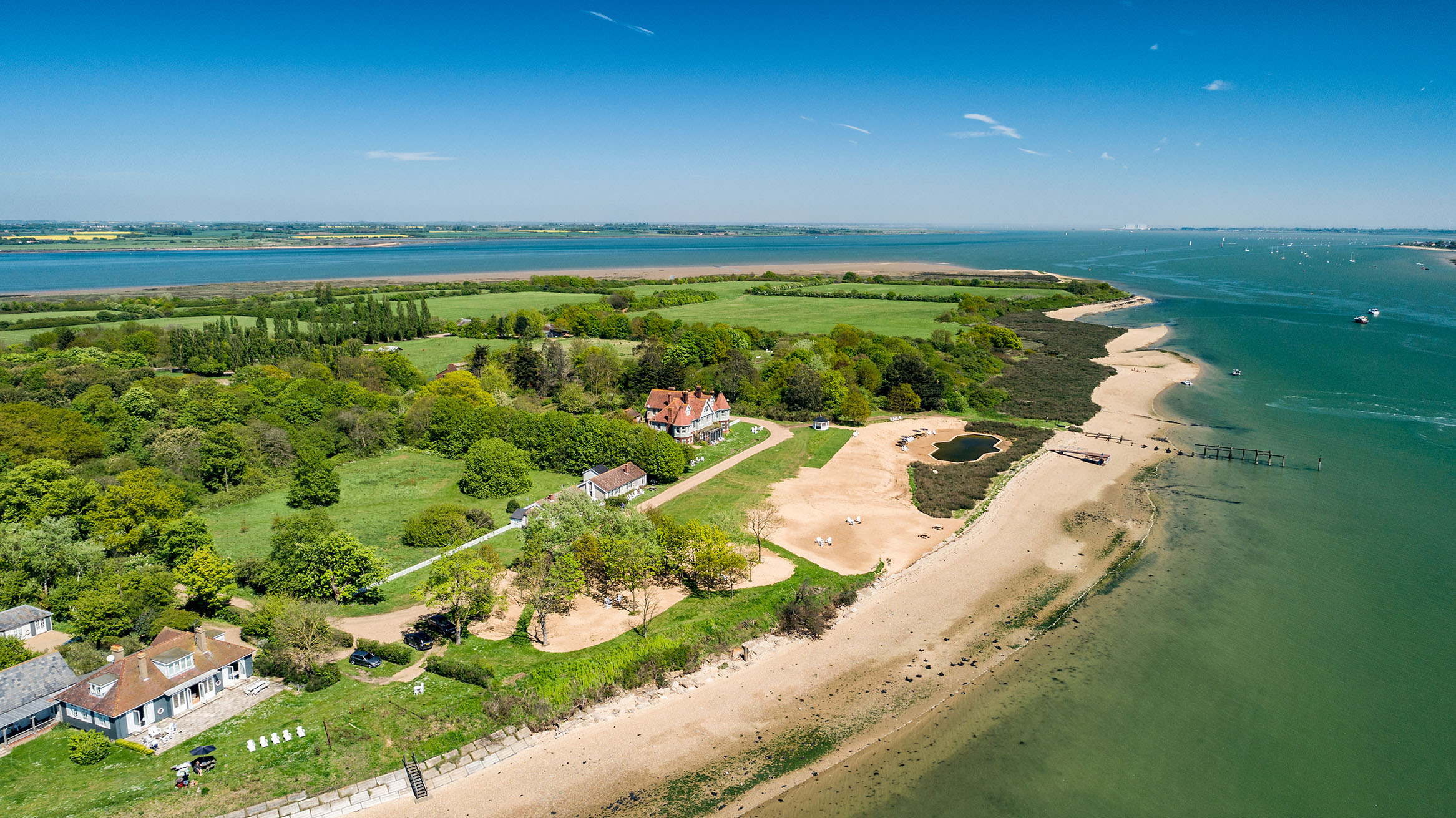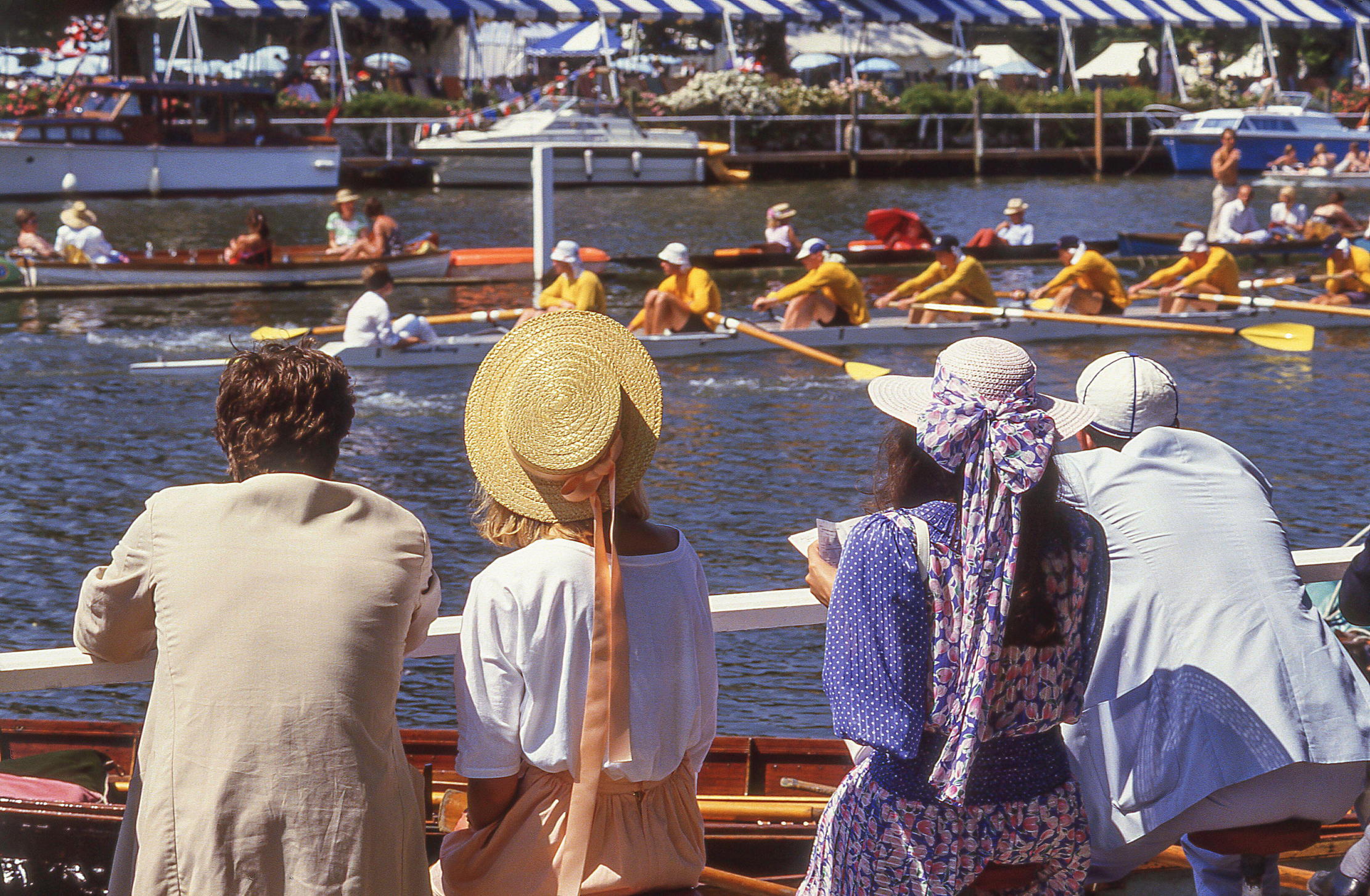Book Review: Great Houses of Ireland
This book celebrates the renaissance in Irish country houses which has been recently brought about by visionary entrepreneurs and by the Irish government.


Looking at the silvery façade of Baronscourt reflected in its lake, which forms the cover of this beautiful book, it is amusing to recall the Irish novelist Lady Morgan's reminiscences of the first Marquess of Abercorn - 'Don Magnifico', as he was called. He insisted that his groom of the chambers fumigate the rooms after the liveried servants had been through them and never went anywhere without his star and garter - he was considered the most arrogant man in Europe. But the Marquess was not typical of the inmates of the houses illustrated so superbly on these pages.
The houses of squires such as Beaulieu, Mount Ievers, Ballinlough, Newbridge or Glin, mingle here with the coroneted splendours of Curraghmore, Crom and, perhaps the finest of them all, Castle Coole. So many Irish houses have disappeared over the past century or so. The north of Ireland has its National Trust: the romantic lakeside estate of Crom, but not the castle, is preserved by this illustrious body, as are Castle Ward, Mount Stewart and Castle Coole.
Many great houses that have survived in the south are only alive and well because of auspicious marriages or income from elsewhere. It is exciting that under the roar of Ireland's Celtic Tiger, a number of visionary entrepreneurs are buying and restoring important houses such as Stackallen and Lyons, included in this book. Through Dachas, Ireland's heritage service, the Irish government has also recently taken over some historic houses - unfortunately, Castletown, Co Kildare, was under wraps when photography for this book was in progress.
However, it is a great sign of changed political attitudes to 'the big house' that so much restoration is in train. Several houses are supported by county councils with, in some cases, EU funding. Long may this trend continue, but a National Trust-like organisation is needed in the republic to secure many properties which have a precarious future, perhaps involving the families in them. The government cannot be responsible for everything. Coast, landscape and planning also need immediate attention. A new body, with close liaison with the Northern Ireland National Trust, Ireland's Heritage Council, An Taisce and the Irish Georgian Society, might also tempt funding from the private sector and could help prevent much of the insensitive development engulfing Ireland today.
Sign up for the Country Life Newsletter
Exquisite houses, the beauty of Nature, and how to get the most from your life, straight to your inbox.
Country Life is unlike any other magazine: the only glossy weekly on the newsstand and the only magazine that has been guest-edited by HRH The King not once, but twice. It is a celebration of modern rural life and all its diverse joys and pleasures — that was first published in Queen Victoria's Diamond Jubilee year. Our eclectic mixture of witty and informative content — from the most up-to-date property news and commentary and a coveted glimpse inside some of the UK's best houses and gardens, to gardening, the arts and interior design, written by experts in their field — still cannot be found in print or online, anywhere else.
-
 380 acres and 90 bedrooms on the £25m private island being sold by one of Britain's top music producers
380 acres and 90 bedrooms on the £25m private island being sold by one of Britain's top music producersStormzy, Rihanna and the Rolling Stones are just a part of the story at Osea Island, a dot on the map in the seas off Essex.
By Lotte Brundle
-
 'A delicious chance to step back in time and bask in the best of Britain': An insider's guide to The Season
'A delicious chance to step back in time and bask in the best of Britain': An insider's guide to The SeasonHere's how to navigate this summer's top events in style, from those who know best.
By Madeleine Silver